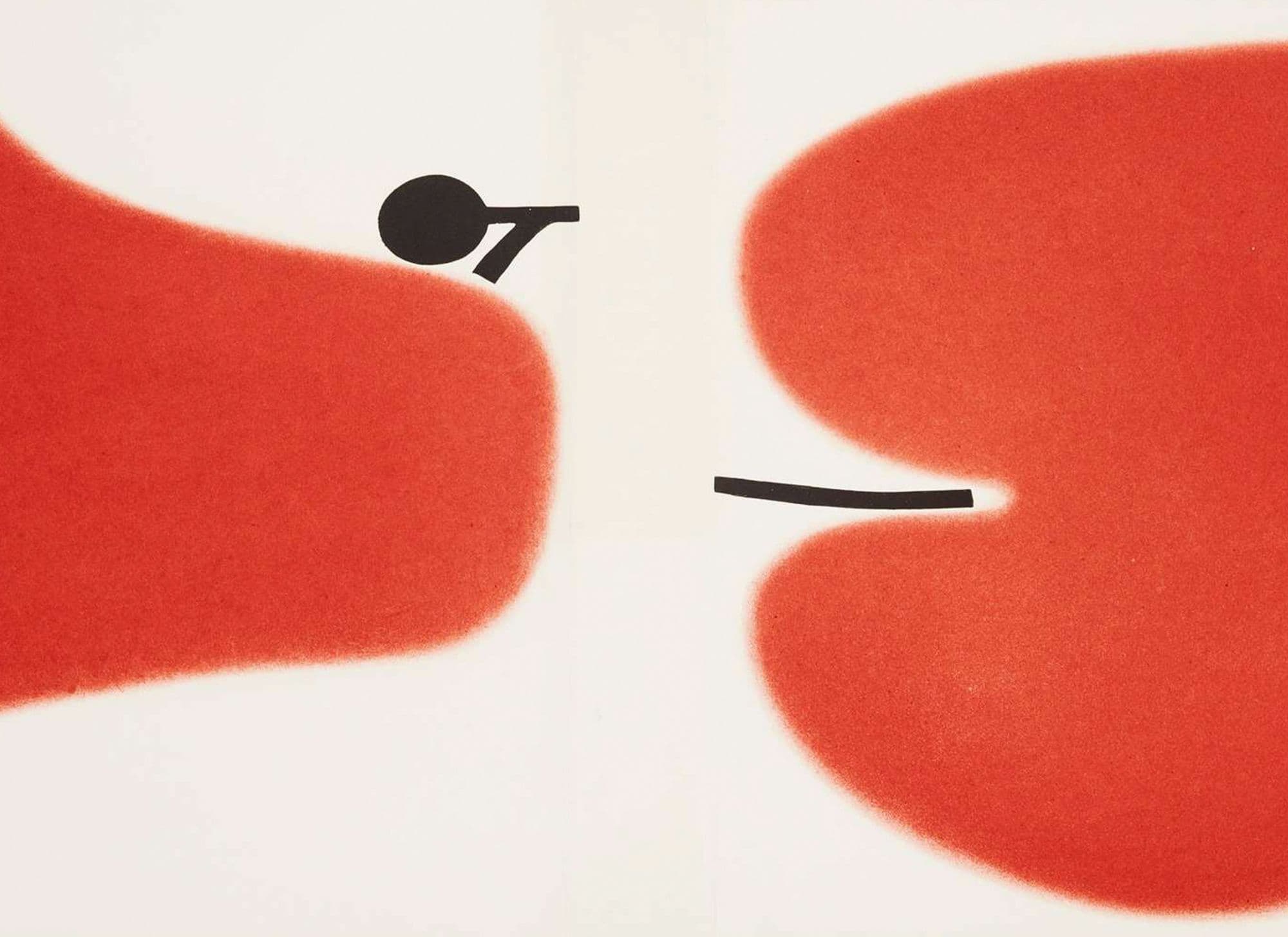Peter Womersley was known for various designs within Scotland, particularly in the Borders. His first domestic design was Farnley Hey in the Pennines in 1950, presented to Womersley’s brother John as a wedding gift, which won a Royal Institute of British Architect’s medal. It was this property, seen by Bernat Klein and his wife, which led to the commission of High Sunderland.
“One of the best architects of the 20th century, and…one of the most overlooked. His buildings are adventurous but poised; lucid, brave in conception and considered in their detail.” - Rowan Moore
Womersley’s work has been described as “exacting” and an “acquired taste” but there is no doubt when viewing his buildings that they reflect innovative mid-century design: open expansive cubic and geometric forms, incorporating the use of exotic hardwoods, glass and rather utilitarian materials like concrete, often situated in picturesque settings and landscapes with light flooding the interiors. Womersley’s work, whilst critiqued, also has strong admirers. As a person he was held to be social, charming and a lover of travelling, but private and elusive. This may have contributed to his work not getting as much attention as it deserved: he wasn’t a big networker and he didn’t join multiple organisations or movements to promote his architecture.
His designs reflect his training at the Architectural Association in London, influenced by the Bauhaus tradition, and nod quite firmly to the American contemporary style popular in California in the mid-century period. High Sunderland is no exception to these influences, being an expansive open space, separated by varied floor levels, secret doors and inbuilt cupboards, residing in a green space. Such is the importance of this house that it is a category A listed property: a rare honour awarded to a post-war building. Historic Environment Scotland lists the house as,
“a signature work embodying his [Womersley’s] characteristic geometric modular design…surviving in its original condition.”




